Summer camps are in full swing and many high-school students are gearing up for fall athletics. With the temperatures soaring, it’s important for parents, coaches and teachers to be aware of the dangers of overheating. Children produce more heat during activities and sweat less, which is why they are more susceptible to heat-related illnesses, especially on hot, humid days.
Parents can help to avoid heat-related illnesses by making sure their children are wearing the right clothes for hot weather and drinking plenty of water. Parents should also keep these tips in mind:
- Keep kids in light colors
- Wear loose fitting, cotton clothing
- Wear a wide brim hat, preferably with ventilation
- Stay hydrated
According to Children’s National Health System’s Joanna Cohen, MD, heat-related illnesses exist on a spectrum, ranging from heat cramps to heat stroke. Below are some common heat-related illnesses, along with symptoms and treatment recommendations.
Heat cramps
Heat cramps are the mildest form of heat-related illness and the first sign of trouble:
- Children complain of painful cramps, especially in the legs
- Skin becomes flushed, moist
If your child is experiencing the effects of heat cramps, there are a few ways to treat them:
- Move the child to a cool place and rest
- Remove excess clothing and place cool clothes on the skin (you can fan the skin too)
- Give the child cool sports drinks containing salt and sugar, such as Gatorade
- Stretch cramped muscles slowly and gently
Heat exhaustion
Heat exhaustion is more severe than heat cramps and happens when water and salt lost from the body through excessive sweating is not replaced with enough fluid. When a child’s body is unable to cool down, he or she may feel these symptoms of heat exhaustion:
- Muscle cramps
- Pale, moist skin
- A fever higher than 100.4°
- Nausea
- Vomiting
- Diarrhea
- Headache
- Fatigue
- Weakness
- Anxiety, and faint feeling
The treatment for heat exhaustion is similar to that of heat cramps, but the fever heightens the need for further medical attention:
- Move the child to a cool place and rest
- Remove excess clothing and place cool clothes on the skin (you can fan the skin too)
- Give the child cool sports drinks containing salt and sugar, such as Gatorade
- Stretch cramped muscles slowly and gently
- If there is no improvement or your child is unable to take fluids, call your child’s physician or take your child to an emergency department immediately. IV (intravenous) fluids may be needed
Heat stroke
Heat stroke is the most severe heat-related illness and occurs when the body becomes overwhelmed by excessive heat and can no longer regulate temperature. Dr. Cohen says you can tell when a child is in danger of heat stroke when there is no sweat and the skin is dry. Children experiencing these life-threatening symptoms need medical attention:
- Warm, dry skin
- High fever, usually over 104º F
- Rapid heart rate
- Loss of appetite
- Nausea
- Vomiting
- Headache
- Fatigue
- Confusion
- Agitation
- Lethargy
- Stupor
- Seizures, coma, and death are possible
If your child is experiencing heat stroke, these are the steps you should take to treat them:
- Move to a cool place and rest
- Call 911 or your local emergency medical service. Heat stroke is a life-threatening medical emergency and needs to be treated by a physician
- Remove excess clothing and drench skin with cool water; fan skin
- Place ice bags on the armpits and groin areas
- Offer cool fluids if alert and able to drink
 https://riseandshine.childrensnational.org/wp-content/uploads/2024/06/boy-swimming-feature.jpg
300
400
Rise and Shine
https://riseandshine.childrensnational.org/wp-content/uploads/2017/11/childrens_riseandshine_logo.jpg
Rise and Shine2024-06-17 13:02:582024-06-17 13:07:07How to prevent swimming-related illnesses
https://riseandshine.childrensnational.org/wp-content/uploads/2024/06/boy-swimming-feature.jpg
300
400
Rise and Shine
https://riseandshine.childrensnational.org/wp-content/uploads/2017/11/childrens_riseandshine_logo.jpg
Rise and Shine2024-06-17 13:02:582024-06-17 13:07:07How to prevent swimming-related illnesses


 Joanna Cohen, MD, was an attending in the emergency department (ED) at Children's National. Her primary research interest includes bedside ultrasonography in the ED.
Joanna Cohen, MD, was an attending in the emergency department (ED) at Children's National. Her primary research interest includes bedside ultrasonography in the ED.
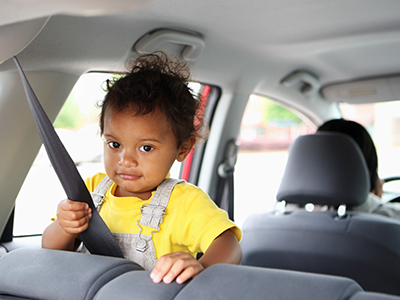

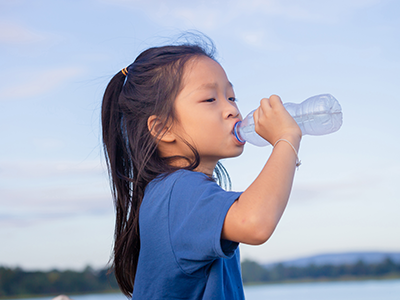
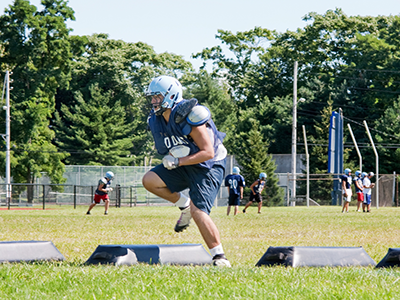


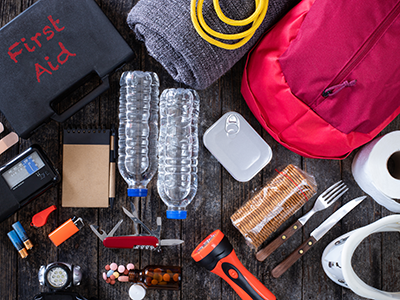
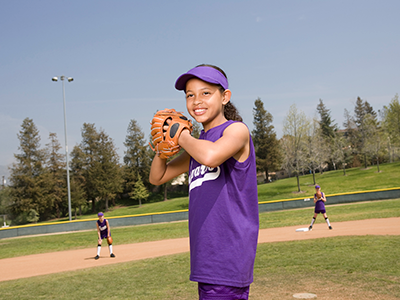
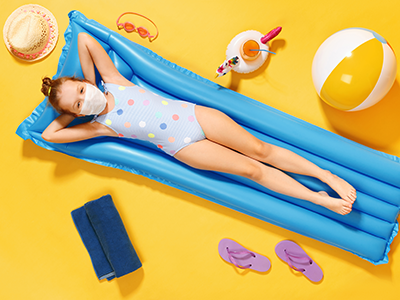
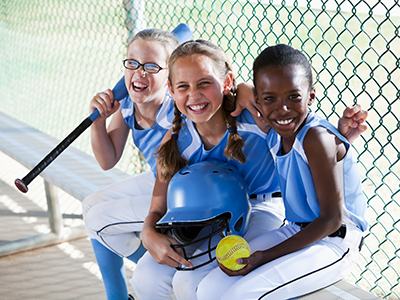

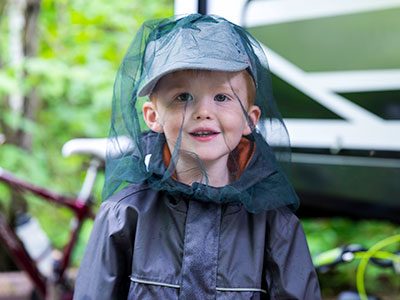
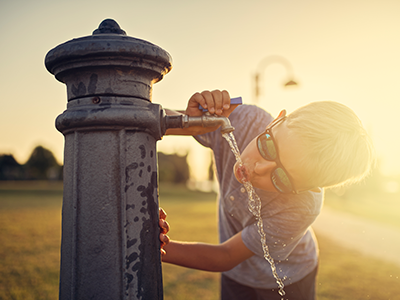

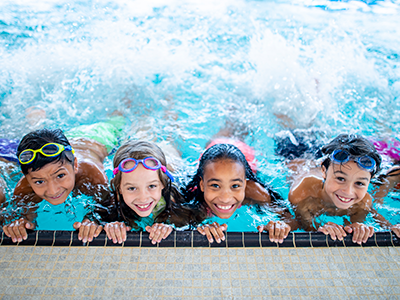
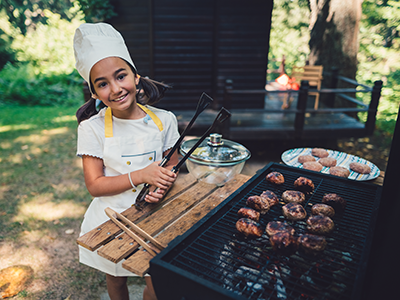

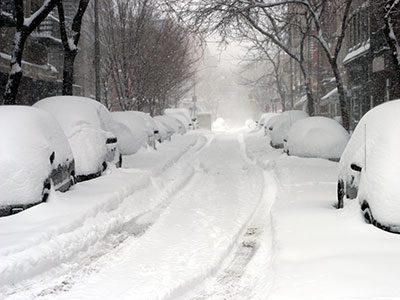
Leave a Comment
Want to join the discussion?Feel free to contribute!